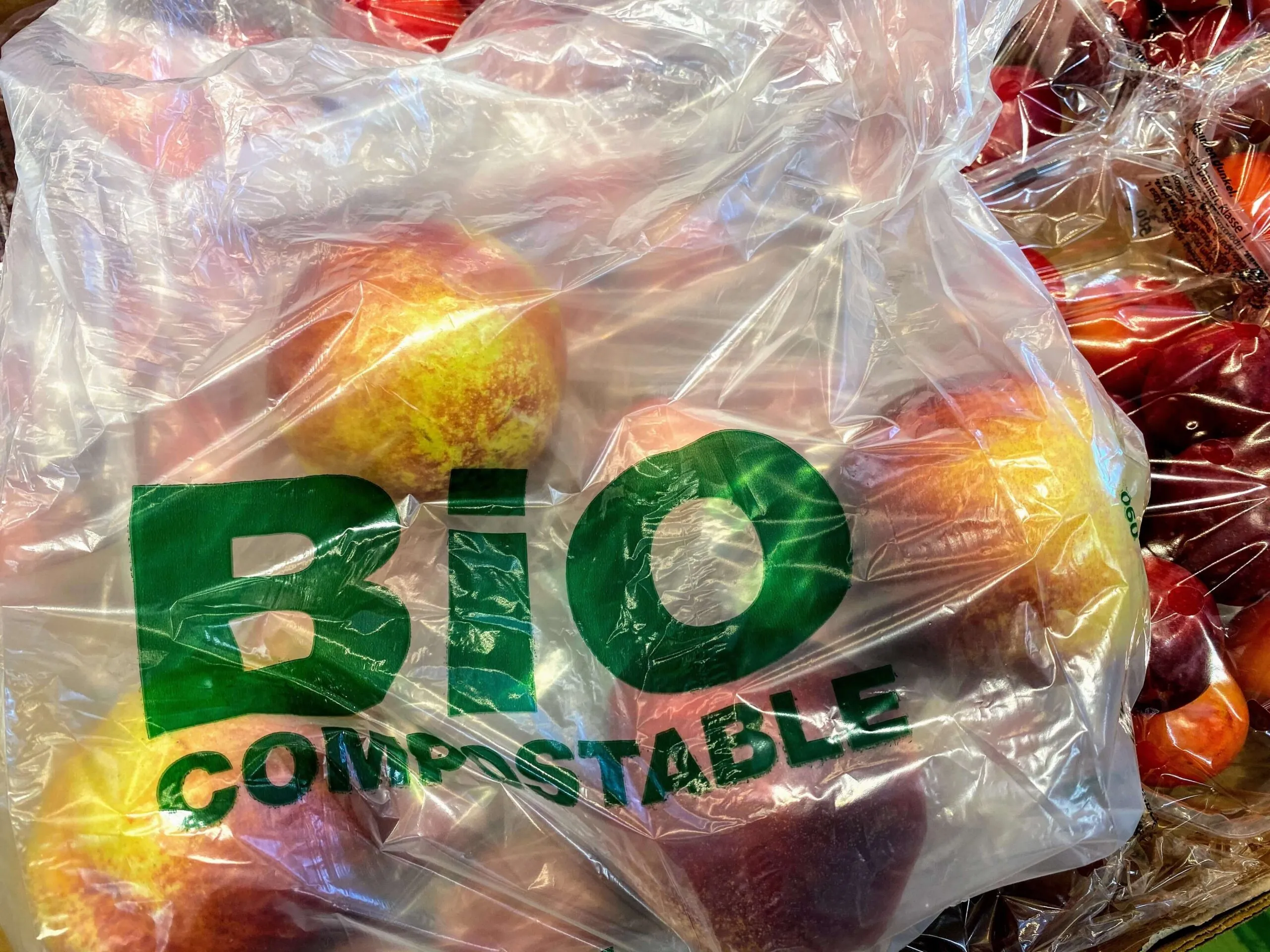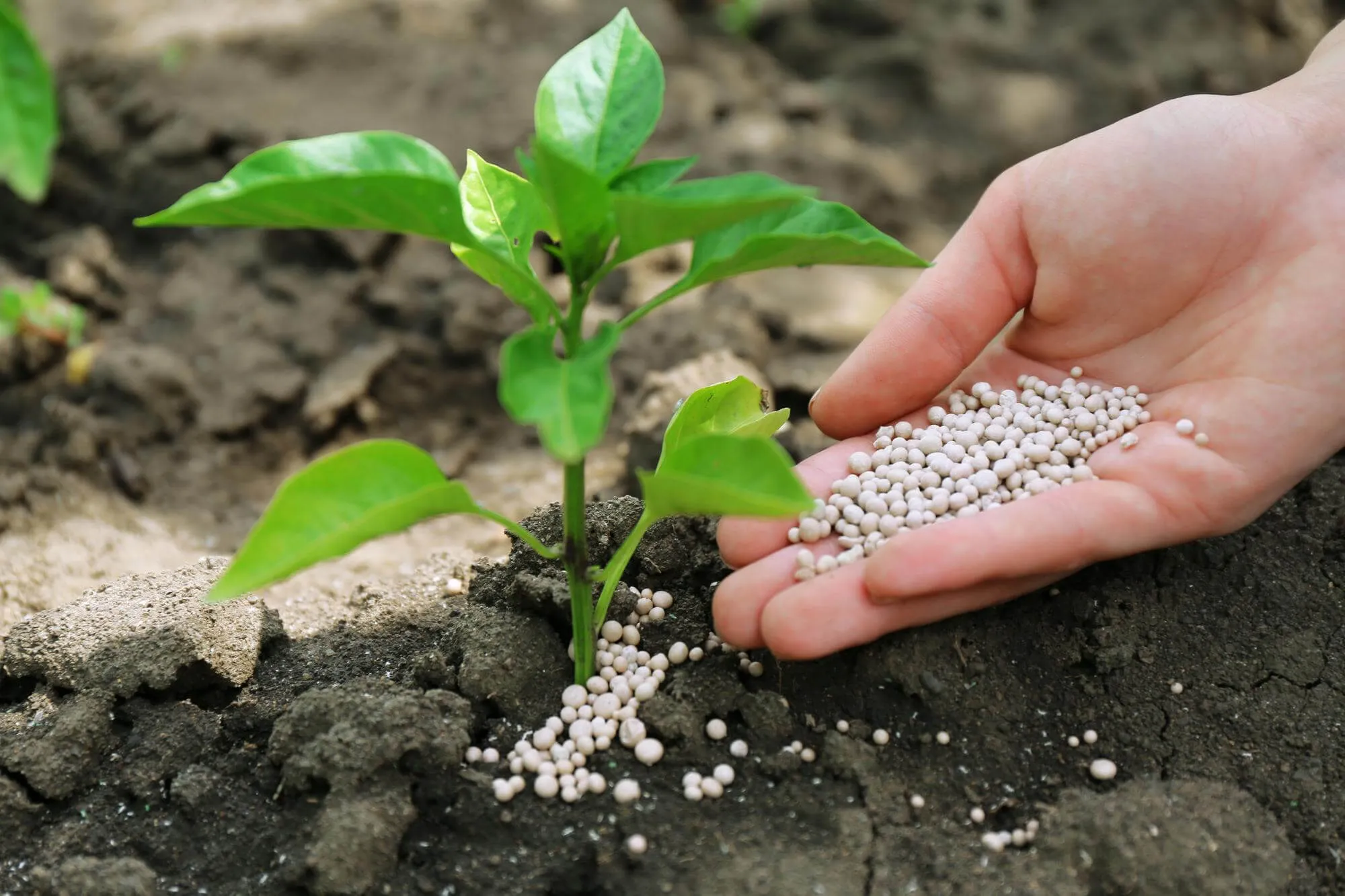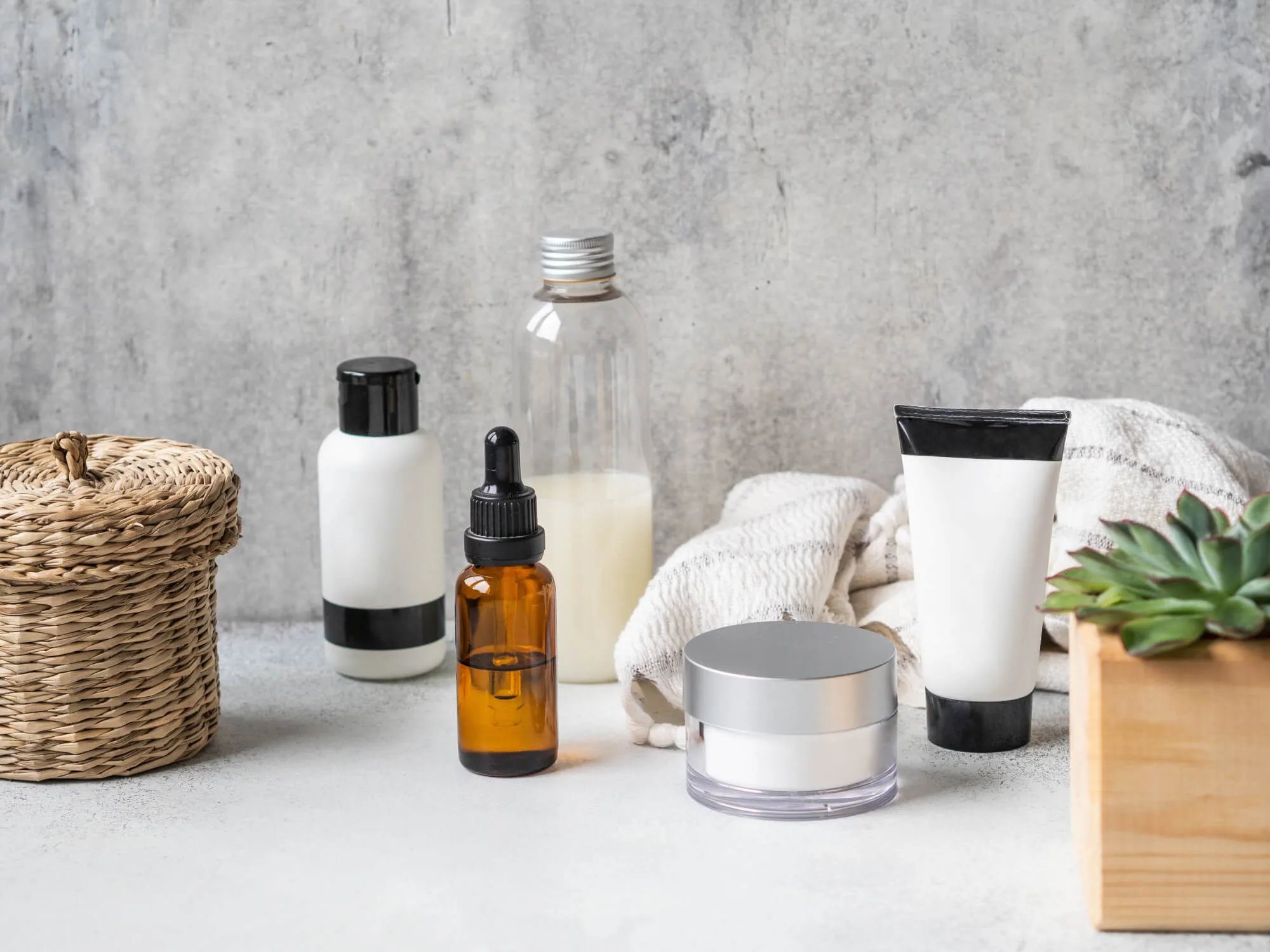Packaging is an integral part of the food industry. They enable portioning of food, facilitate its transport, protect against contamination and damage, and depending on their type, they can even prolong its freshness and taste. Various materials can be used to produce packaging, but despite the growing interest in ecological and biodegradable ones, plastic still dominates store shelves. It is simply currently the easiest to use and the most financially profitable option, which is clearly visible in places such as: water and beverage wholesaler — plastic bottles are the main type of packaging here. This is why the issue of recycling, which allows the processing and reuse of plastics, becomes crucial.
In this article, we will take a closer look at what recycling looks like in the context of food packaging, in particular: what the process of producing recycled packaging looks like and the benefits of bringing packaging that is recyclable to the market.
Recycling packaging - what is it?
Most of the food we buy every day comes in packages. Therefore, it is worth knowing what materials they are made of, whether they are recyclable and what bin they should go into - contrary to appearances, it is not always obvious, especially if we take into account the fact that some packaging consists of layers of different materials.
Paper and cardboard packaging
Paper is a popular and relatively cheap raw material that can be used, for example, to produce packaging for dry food products such as sugar or flour. Paper bags are also increasingly chosen as a replacement for plastic bags. We can also put pizza or other product boxes into the paper and cardboard bag, provided they are not contaminated with food or grease. In the case of layered packaging, however, it will be necessary to remove elements, e.g. foil, as part of segregation.
- Importantly, milk or drink cartons are not recycled together with paper and cartons - they should go into the plastic container!
Plastic packaging
Recycling some types of plastic, such as PET or HDPE, is easier and more profitable than others. When reaching for food in plastic packaging, it is worth paying attention to the markings on the packaging and taking this information into account when shopping. We throw all plastics into the yellow container for metals and plastics - before throwing them away, you should get rid of food remains and remove e.g. paper labels, which should go into the blue bag.
Glass packagings
Ready-made meals, but also juices and sauces are often sold in glass bottles and jars. Glass food packaging is very recyclable and should go into the green glass bin - but without the cap, which is usually metal. Many people also decide to reuse such packaging, e.g. for storing homemade preserves, which gives them a second life even without recycling.
Recycling packaging is a way to reduce the amount of waste
The increasing ecological awareness of society makes recycling more and more important. It is often seen as a solution to the problem of the huge amount of waste that is produced every day around the world. One of the steps to improve this process and increase the percentage of recycled materials in overall production is introducing the obligation to segregate waste — but this is only one side of the problem. The second is the actual use of recycled raw materials in production. They can change a lot here new regulations within the EU, which introduce new ones requirements for packaging and the share of recycled plastics in their production.
Recycled packaging: Is all recycled plastic suitable for the production of food packaging?
Many people don't realize that not all plastic thrown into the plastic bin is recyclable. Several factors contribute to this, including:
- Plastic packaging can in fact be made of various plastics (commonly known as "plastic" - e.g. PET, HDPE, LDPE, PP, or PS), which may require different recycling processes.
- Another obstacle may be the low quality of the material, which after processing may reduce the quality of the recyclate obtained as a result of the recycling process.
Food safety
However, even if the material itself meets the requirements and can be recycled, its prior use is also important in the context of using the obtained recyclate for the production of food packaging. An important issue here is meeting the requirements related to ensuring food safety - food packaging can only be made of materials that are not contaminated in any way, e.g. with chemicals that could get into the food. For this reason, only recycled packaging made from granules obtained from the processing of other food packaging can be used for food packaging.
Sorting plastic for recycling
As part of waste segregation in households, all plastics go into one bag, but the above point shows that in order to process them, further, more precise segregation is necessary. So what does the path of, for example, a plastic bottle look like from the moment it is thrown into the appropriate bin? First, it goes to the sorting room, where, together with other food packaging, it is separated from other plastics, e.g. bottles of cleaning products. Then it must be cleaned of all dirt, residues, labels, etc. and only then can it be recycled.
Cost of producing recycled packaging
The entire process described above makes the use of recyclate in food packaging increases the cost of their production, which is associated with their lower competitiveness on the market. That seems to be the issue recycled packaging currently does not have enough influence on consumer decisions to offset the problem of higher prices. However, the situation may change with the entry into force of new application regulations recycled materials in packaging.
Summary
Recyclable food packaging is a great way to reduce the problem of excessive waste production, and their clear labeling makes it easier for consumers to make informed purchasing decisions and properly sort waste. The increasing knowledge about the problem and the changing situation on the packaging market allow us to assume that in the coming years we will increasingly find products in our shopping baskets. food in recycled packaging.





